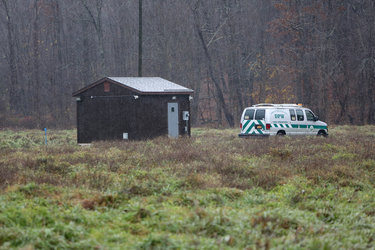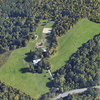Clarksville nitrate levels drop dramatically
NEW SCOTLAND — On Tuesday, the town of New Scotland lifted the nitrate advisory in place since early November for Clarksville Water District.
Nitrate levels in the district water supply have dropped by over half since late November testing revealed contaminant levels above the maximum allowed by federal law.
“We’ve been operating the interceptor wells and flushing out continuously,” Supervisor Douglas LaGrange said last week.
A notice sent to Clarksville customers on Nov. 1 said an Oct. 27 sample had nitrate levels of about 13 milligrams per liter — the maximum contaminant level allowed by the Environmental Protection Agency is 10 milligrams per liter.
High levels of nitrate are dangerous for infants under six months of age because the body converts nitrate to nitrite, which reduces the ability of an infant’s blood to carry oxygen. This is known as blue baby syndrome.
A sample taken in the two weeks prior to Dec. 5 showed the nitrate level had decreased over 1 milligram per liter, from the specific Oct. 27 reading of 12.6 to 11.3. Dec. 30 testing showed the contaminant level had dropped to about 5.4 milligrams per liter, according to LaGrange.
The average level of nitrates of the Clarksville supply in 2021, which was based on 2020 data, was 2.1 milligrams per liter, according to the town’s water quality report for the district. In 2020, the level was 4.8 milligrams per liter; in 2019, as in 2018, it was 3.2 milligrams; in 2017, the nitrate level was 2.1 milligrams; and in 2016, it was 1.7 milligrams per liter.
LaGrange said Kevin Phelan, a Clarksville resident and hydrogeologist who previously chaired the town’s water committee, “had a lot of materials that we didn’t even have here addressing the wells and the nitrate situation [in Clarksville] over time.”
There appears to be an underground pocket of nitrates in the area, LaGrange said. “And, when you get a lot of precipitation, or a large draw, what you have is [the nitrates] kind of leach out underneath the ground.”


